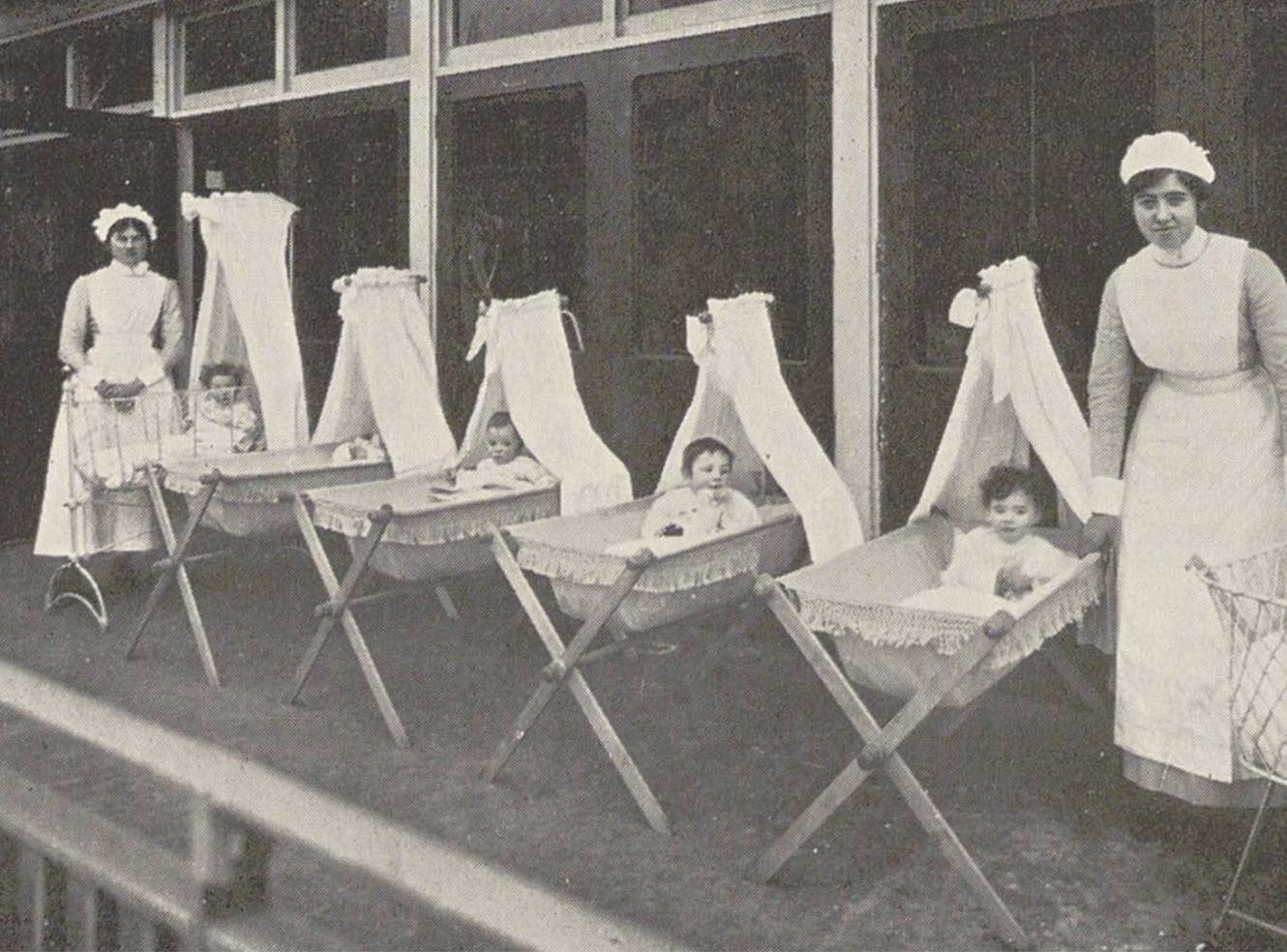The Alberta Wheat Pool
In early 1920’s Canada, grain farmers were suffering the effects of a significant collapse in the price of wheat. In 1919, wheat was selling at a healthy price of $2.31 per bushel, but by 1922 it had plummeted to just 77 cents. Many farmers considered the price crash as a direct result of the withdrawal of the federal wheat board, a compulsory government grain marketing agency that operated from 1919 to 1922.
Unrewarding toil and a diminishing faith in administrative organisation prompted an enterprising response. Farmers and agriculturalists (most notably Aaron Sapiro, an American cooperative activist and major leader of the subsequent farmer’s movement) envisaged the potential benefit of forming a producer-owned cooperative, spurred partially by the dallying efforts of the United Farmers of Alberta. The UFA had declared that it would organize a wheat pool, but not in time for the 1923 harvest. For the exasperated farmers and associated workforce, this was simply not good enough. In a bid to embarrass the UFA and to rally the workforce, Sapiro captivated audiences with his spirited message:
“I have seen these movements in cooperation and it will go. I never saw a province so ripe for it. Do this, men, and you are making the greatest contribution toward world freedom and in the right handling of the greatest commodity that has ever been!”
The subsequent formation of the Alberta Wheat Pool allowed farmers to collectively negotiate pricing with grain purchasers, thus raising prices significantly. By pooling all of their harvests and accounts, each farmer received the same returns and had the weight of the pool behind them. Witnessing the early successes of the Alberta Wheat Pool, Saskatchewan and Manitoba followed suit, creating wheat pools of their own. Fortitude, grit and a little luck allowed Canadian grain farmers a little breathing space as markets stabilized. At the close of their first operating year in 1924, Alberta Wheat Pool’s total assets were at $426 thousand, but by the end of 1928 they had climbed to $9 million. In 1928, the Alberta, Saskatchewan and Manitoba Wheat Pools had become the greatest business in Canada, accomplishing a cash turnover of $323 million.
In 1928, the collaborative Alberta, Saskatchewan and Manitoba Wheat Pools were described as the finest agricultural co-op in the world – the harvests were good, turnover was excellent and confidence in the market was at an historical high. Then came 1929.
On October the 29th, the stock market crash on Wall Street heralded the start of the Great Depression across Canada and the United States. Grain prices plummeted, and continued to fall until 1932 when wheat sold at 38 cents a bushel. Alberta farmers were receiving 19 ½ cents per bushel at their respective grain elevators, marking the lowest price of grain in history. But, despite hardships and loss of faith throughout the ranks, the Alberta Wheat Pool fought on.
During the Second World War, Canadian food suppliers provided 40% more than usual to compensate for the shortfalls in production and importation. Hard-pressed combatants and occupied countries were no longer in a position to provide food for the rest of the world, and so Canada’s farmers accelerated production to meet increasing demand. Older farmers remembered the repercussions of the First World War, when peace had led to the steady decline of prices for wheat, and so pushed hard for protection. The Agricultural Price Support Board was installed, and the government guaranteed a price of $1 per bushel until 1950.
The Alberta Wheat Pool continued to develop its standing as a global supplier, and, much like the windmills of the Netherlands, soon the Alberta Wheat Pool elevators became a characteristic feature of the Alberta landscape.
The collaboration of farmers provided sound and vigorous representation on matters affecting the social and economic position of the farming industry, as well as supporting the rest of the world in its development. The success of the cooperative enabled the pool to diversify and develop agricultural technology and innovative farming practices that remain at the forefront of grain production today. It is estimated that around half of the world’s calories are supplied by wheat, and so it is important to recognize pioneering enterprises, such as those who developed the Alberta Wheat Pool.
This story is just one of many contained within Adam Matthew Digital’s electronic resource Global Commodities, Trade, Exploration and Culture, a learning platform that provides a vast range of visual, manuscript and printed materials sourced from over twenty key libraries and more than a dozen companies and trade organisations around the world. These original sources will help scholars to explore the history of fifteen major commodities and to examine the ways that these have changed the world.
Recent posts

AM’s new resource, A Global History of Epidemics, 1800-1970, offers interdisciplinary researchers unique primary sources, interactive tools from maps to timelines, and expert essays, to explore disease history, colonialism, and public health advancements within the British Empire and beyond.

